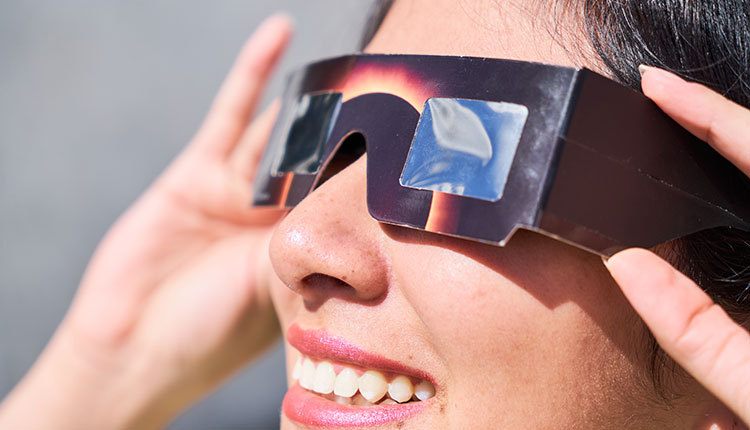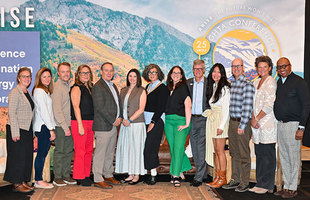
On April 8, 2024, the contiguous United States will witness its last total solar eclipse for the next 20 years.
The moon’s total eclipse shadow will cross the Rio Grande into Texas at 1:25 p.m. Central time and trace an arc through 15 states all the way to Maine before crossing into Canada. The lower 48 states won’t see another total solar eclipse until August 2044.
While many Americans are lucky enough to live in the direct path of the total eclipse, most will need to travel to see it, notes AAA. People who live in or travel to a narrow strip that stretches from the Rio Grande Valley in Texas across South, Midwest, and Northern New England will see a total solar eclipse, meaning the sun will be 100% covered by the moon—an event referred to as “totality.”
According to GreatAmericanExlipse.com, 32 million people are already living within the USA section of the path, but metropolitan areas such as St Louis, Cincinnati, Detroit, Toronto, and Quebec are very close to the path. The major cities of Boston, New York, Philadelphia, Baltimore, and Washington, D.C., are all within 200 miles of the path of totality.
“So be prepared for the single-biggest mass travel event in the USA,” the site states. Over half the U.S. population lives within 250 miles of the path of totality for the April 8, 2024 eclipse. The website predicts that between 931,000 and 3.7 million will travel from to inside the path of totality on the day of the eclipse.
Though the total eclipse will only last a few minutes at each location, it’s considered the most spectacular part of the event: stars are visible during the day, and it’s the only time the sun’s corona is visible to the naked eye, says AAA.
Proper eye protection is necessary to view a partial solar eclipse; even when partially covered, the sun can still cause serious eye damage. Specialized eclipse viewers that use appropriate solar-filtering material are recommended. Many stores are carrying these viewers so visitors and locals can view the eclipse safely. According to AAA, another tried-and-true method is to make a simple pinhole camera by poking a hole in a sheet of paper and letting the sun project through it onto another surface.


